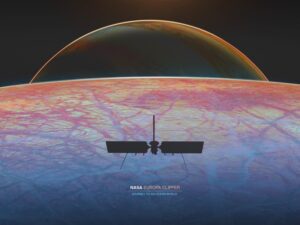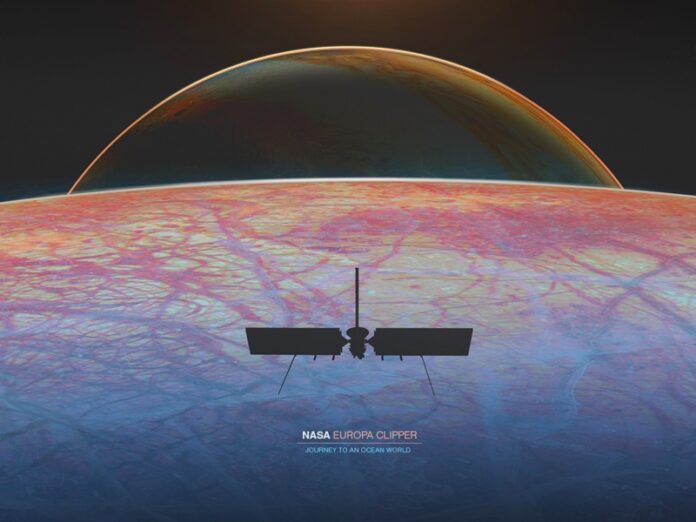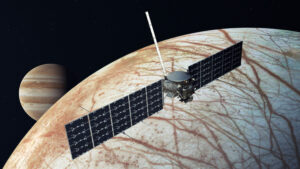Introduction
NASA’s relentless pursuit of space exploration continues to push the boundaries of human knowledge and technology. The latest breakthrough in this quest is the announcement of a new mission to Europa, one of Jupiter’s moons. This mission, known as the Europa Clipper, is set to revolutionize our understanding of the outer solar system and the potential for life beyond Earth. This article delves into the significance of this mission, its objectives, and what it means for the future of space exploration.
What Is Europa Clipper?
The Europa Clipper is NASA’s ambitious spacecraft designed to explore Europa, one of Jupiter’s largest moons. Scheduled for launch in the 2020s, the spacecraft will conduct detailed reconnaissance of Europa’s ice-covered ocean and its surface. The mission aims to determine whether Europa’s subsurface ocean has the necessary conditions to support life.
Objectives of the Europa Clipper Mission
- Investigate the Ice Shell and Ocean: One of the primary objectives of the Europa Clipper is to study the moon’s ice shell and the subsurface ocean. Scientists believe that beneath Europa’s icy crust lies a global ocean that could harbor the essential ingredients for life. The mission will use a suite of scientific instruments to measure the thickness of the ice and analyze the composition of the ocean.
- Study the Surface Composition: The spacecraft will examine Europa’s surface to understand its composition and identify potential locations where the ice has interacted with the ocean below. By analyzing surface features and chemistry, scientists hope to gain insights into the moon’s geological activity and the processes affecting its icy crust.
- Search for Signs of Life: Although the primary focus is not to find life directly, the Europa Clipper will conduct experiments and gather data that could indicate the presence of biological activity. The mission will look for chemical signatures and environmental conditions that might be conducive to life.
- Understand Europa’s Geology: The spacecraft will map Europa’s surface in high detail to understand its geological history. This includes studying surface features such as ridges, cracks, and other formations that could provide clues about the moon’s past and present conditions.
Mission Details and Technologies
The Europa Clipper will be equipped with a range of advanced scientific instruments, including:
- Ice Penetrating Radar: To probe the thickness of Europa’s ice shell and assess the characteristics of the underlying ocean.
- Mass Spectrometer: To analyze the composition of Europa’s surface and any ejected material from the moon’s subsurface.
- Imaging Systems: To capture high-resolution images of Europa’s surface, enabling detailed geological and compositional analysis.
- Magnetometer: To measure the magnetic field around Europa, which will help infer the properties of the subsurface ocean.
These instruments will work together to provide a comprehensive view of Europa and its potential for supporting life.
Importance of the Europa Clipper Mission
- Exploration of the Outer Solar System: The Europa Clipper mission marks a significant step in exploring the outer solar system. By focusing on one of Jupiter’s moons, scientists can gain insights into the processes and conditions that govern icy worlds and their potential to host life.
- Advancing Technology: The mission will push the boundaries of current space exploration technology. The development and deployment of sophisticated instruments for analyzing distant moons will pave the way for future missions to other celestial bodies.
- Expanding Our Understanding of Life: Europa’s subsurface ocean represents one of the most promising places in the solar system to search for signs of life. By studying Europa, scientists hope to answer fundamental questions about the potential for life beyond Earth and the conditions required for its existence.
- Inspiring Future Generations: The Europa Clipper mission will capture the imagination of people around the world, inspiring the next generation of scientists, engineers, and explorers. The mission highlights humanity’s drive to explore and understand the universe, fostering curiosity and innovation.
Challenges and Considerations
The Europa Clipper mission is not without its challenges. The spacecraft will need to navigate through Jupiter’s intense radiation belts, which pose a significant risk to its electronics and instruments. Engineers have designed the spacecraft with robust shielding to protect it from radiation damage. Additionally, the mission’s long-duration journey to Europa requires careful planning and precise execution to ensure its success.
Conclusion
NASA’s Europa Clipper mission represents a groundbreaking step in the exploration of the outer solar system. By targeting one of Jupiter’s most intriguing moons, scientists aim to uncover new knowledge about the potential for life beyond Earth and the conditions on icy worlds. With its advanced technologies and ambitious objectives, the Europa Clipper promises to provide valuable insights into the mysteries of the cosmos, expanding our understanding of the universe and inspiring future generations of explorers.





